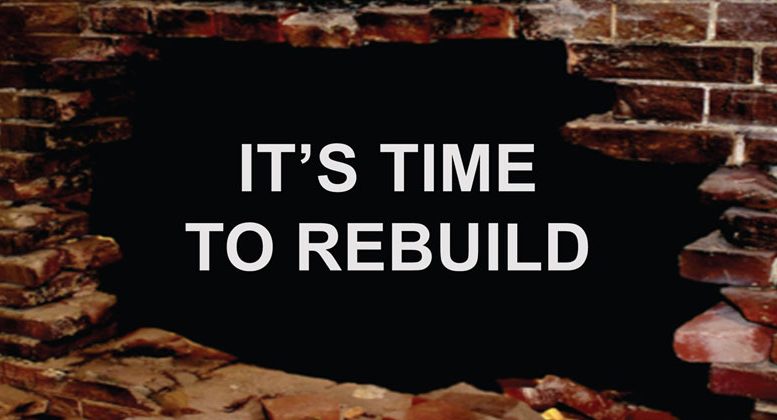The Yes Bank crisis and scare the depositors and investors were put to is now a familiar story for us in India. The Reserve Bank of India (RBI) put a moratorium on the Bank earlier this month and seized control. With the State Bank of India (SBI) infusing funds for a 48.21% stake, the Bank is on the road to ensuring financial stability.
As the Crisis is behind it, the Bank release a front-page ad in leading newspapers yesterday. The ad copy says,
YES, our services were interrupted…
YES, you were inconvenienced….
YES, this was a temporary pause….
We start a new journey, backed by India’s best.
At the bottom of the ad the message reads, “full banking services will resume from 18.00 hours on March 18, 2020.”
Two things are obvious – the motive of the ad is an attempt to win back the confidence of the depositors, and the creativity is an attempt to play with the word Yes. It is a clear (or desperate?) attempt to regain the pre-crisis reputation and equity of the brand.
While it is necessary to communicate the Bank is back on track, the advertisement raises a few questions in my mind.
Upfront Truthfulness

Has the Bank directly and openly admitted the Bank had an issue? Has it apologised for the inconvenience caused to depositors? How honest and transparent is the first communication that was sent out, post the resolution of the crisis?
A fundamental aspect of crisis communication is understanding stakeholders and their concerns. In this case, the biggest stakeholder is depositors, and their concern is the safety of their deposits. A good story to assure depositors is that of India’s largest bank and financial services statutory body has come to its rescue and hence depositors’ money is safe and protected. This message seems buried.
Beginning from strength, not weakness
Another important aspect of crisis communication is to play to your strength, and not expose a weakness. The Bank admits customers were inconvenienced and services were disrupted. However, doesn’t apologise for it. It just says we are back now, on a new journey. It seems like a defensive batting strategy, as they say in cricket.
When the attempt is to regain trust, what should be said and why needs good thinking. A depositor reacted to the Bank’s ad, ‘hope they walk the talk.’ To this depositor, the advertisement fell short of inspiring confidence.
When depositors are worried about their money, the bank spends lakhs of rupees to release this ad on the front page of a national newspaper. Is it a prudent act? How careful is the Bank about spending its funds, which is public money?
Balancing creativity in crisis
Use of clichés and branded language to stand out creatively has its disadvantages during the crisis. It tends to make communication inauthentic. It earns eye rolls, not trust. Creativity needs to factor in stakeholder’s sensitivities. Creative strategy should reflect you are respecting stake holder’s sensitivities, particularly during a crisis.
If the objective of the Bank is to convey ‘we are back and so is your trust in us,’ the ad fell short of achieving it.
The views and opinions published here belong to the author and do not necessarily reflect the views and opinions of the publisher.



Be the first to comment on "Rebuilding Trust – mending damaged reputation"